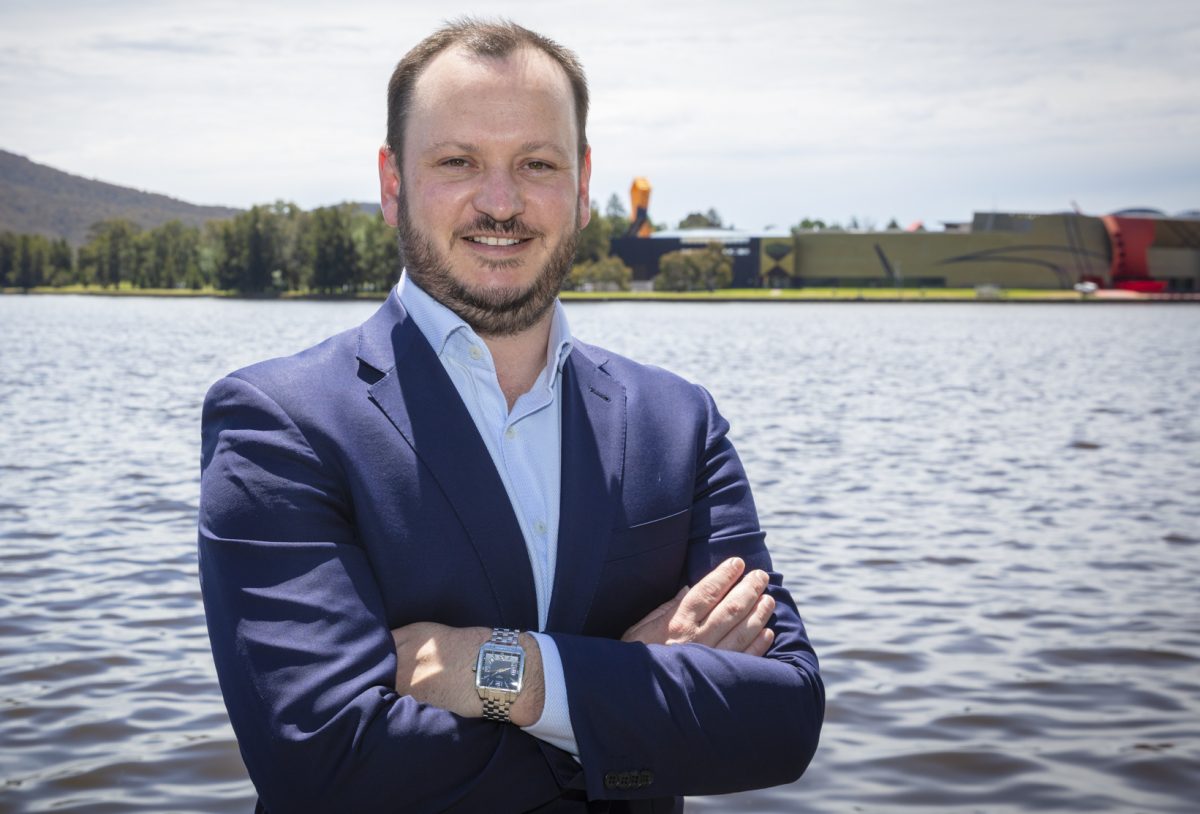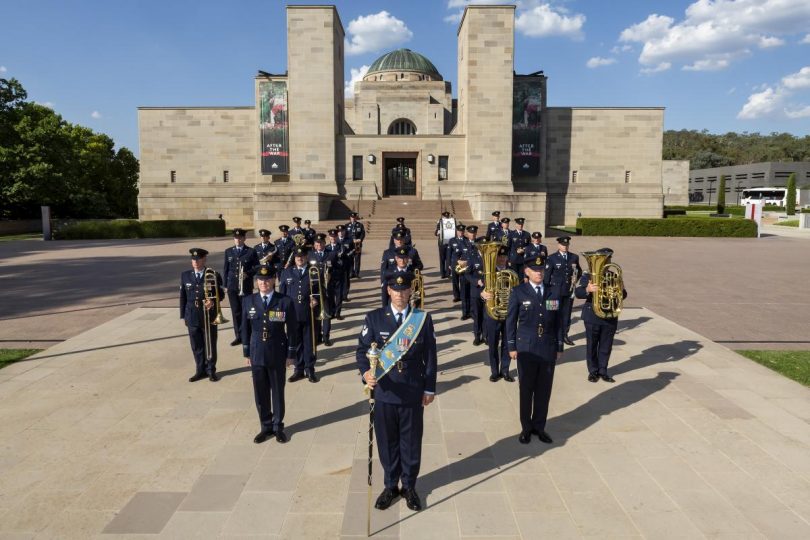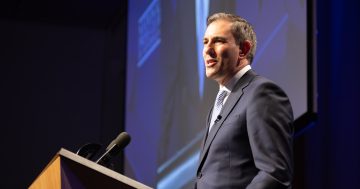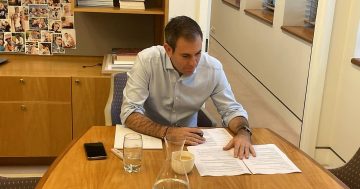
RSM Financial Services Australia financial adviser Chris Oates. Photo: Thomas Lucraft.
While new defence personnel no longer have access to the Federal Government’s ‘lucrative’ Military Superannuation and Benefits Scheme (MSBS), there are other ways they can boost their retirement savings in the ADF Super fund.
The MSBS, which provided members with a guaranteed risk-free pension for the rest of their lives, closed to new members in July 2016, with ADF Super taking its place as the default employer superannuation fund for incoming Australian Defence Force recruits.
RSM Financial Services Australia financial adviser Chris Oates says while the military’s super arrangement has moved away from the complicated – but often more generous – defined benefit scheme, there are ways for defence personnel to grow their super pot.
He says under the new ADF Super scheme, the employer contribution rate is 16.4 per cent per annum, more than five per cent higher than the usual rate of 11 per cent. But employees can also make their own extra contributions – just like any regular super fund.
“The big difference between the old and new funds is not only the way the benefit is calculated, but also how people contribute to the scheme,” Chris says.
“Under the old fund, members could only make after-tax contributions, so there was no tax benefit to making their own contributions.”
He says ADF Super members can now make extra contributions by arranging pre or post-tax contributions.
“The bonus is, members pay less tax on their contributions because they can potentially claim a tax deduction for contributions made after tax, so long as they don’t go over and above the $27,500 concessional contributions cap,” Chris says.
The cap was increased in July 2021, and includes compulsory employer contributions, salary sacrifice payments and some other employer payments, such as insurance premiums, made from your before-tax income.
Chris says making salary sacrifice contributions throughout the year, then topping up with a lump sum to reach the $27,500 cap towards the end of the financial year makes sense for defence personnel who can afford to do it. The after-tax lump sum contribution can also be claimed as a tax deduction.
“A lot of people are taking advantage of the potential tax benefits, and it’s also a good way for them to be able to save up for their retirement,” he says.
“Members need to look at what’s best for their individual circumstances and whether they can afford to be making those extra contributions – whether from their salary or as a lump sum.
“They need to be setting goals about how much money they’ll need when they get to retirement and building a strategy around their super contributions in order to reach those goals.
“Depending on how far they are off retirement age, they may need to set a budget of a couple of hundred dollars a fortnight to get where they need to be.”
Financial advisers can help people formulate a super plan in a tax-effective way.
Many believe putting money into an offset bank account or paying more off their mortgage is the best way to get ahead, but Chris says when you crunch the numbers, it’s often not the case.
“For example, if somebody earns $80,000 a year, they’re paying 34.5 per cent tax on that income, including the Medicare Levy, compared to paying 15 per cent tax on their super contributions, so straight away they’re saving 19.5 per cent tax on that amount.
“That’s an instant return of 19.5 per cent on those extra super contributions, whereas by putting that money into paying off your mortgage, you might only be saving six per cent.”

All Australian defence personnel can still make the most of their superannuation, despite changes to the default fund. Photo: Department of Defence.
But like everyone, defence personnel making extra super contributions need to consider whether they’re ok with those funds being locked away for years.
Chris says you won’t be able to access your super funds under normal circumstances until you’re 60.
“They might be getting a tax deduction now, but they have to remember they can’t access that pot of money until retirement.
“For somebody closer to retirement, the decision becomes a little easier.”
He says we also need to weigh up the risk of putting our money into super, compared to gaining a guaranteed interest payment, currently at about four or five per cent, from an investment account.
ADF Super is now the default employer superannuation fund for defence force members, but members can elect to join another superannuation fund of their choice under the same 16.5 per cent employer super contribution arrangements.
Serving and returning members of the current Military Superannuation Benefits Scheme (MSBS) may also choose to move to the ADF superannuation arrangement at any time. But Chris strongly advises members considering the change to seek financial advice.
“Generally, people wouldn’t want to move from the old defined benefit super schemes into the newer super funds because the formulae used to calculate the benefits nearly always provide a better outcome for the members than what they could get by joining the newer super funds, which operate the same way as most other funds,” he says.
For advice about taxation, defence force super funds, or any superannuation fund contact the team at the Canberra office of RSM Financial Services Australia.





















